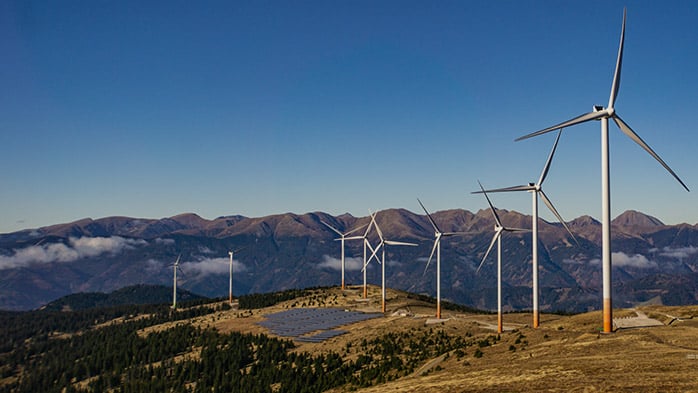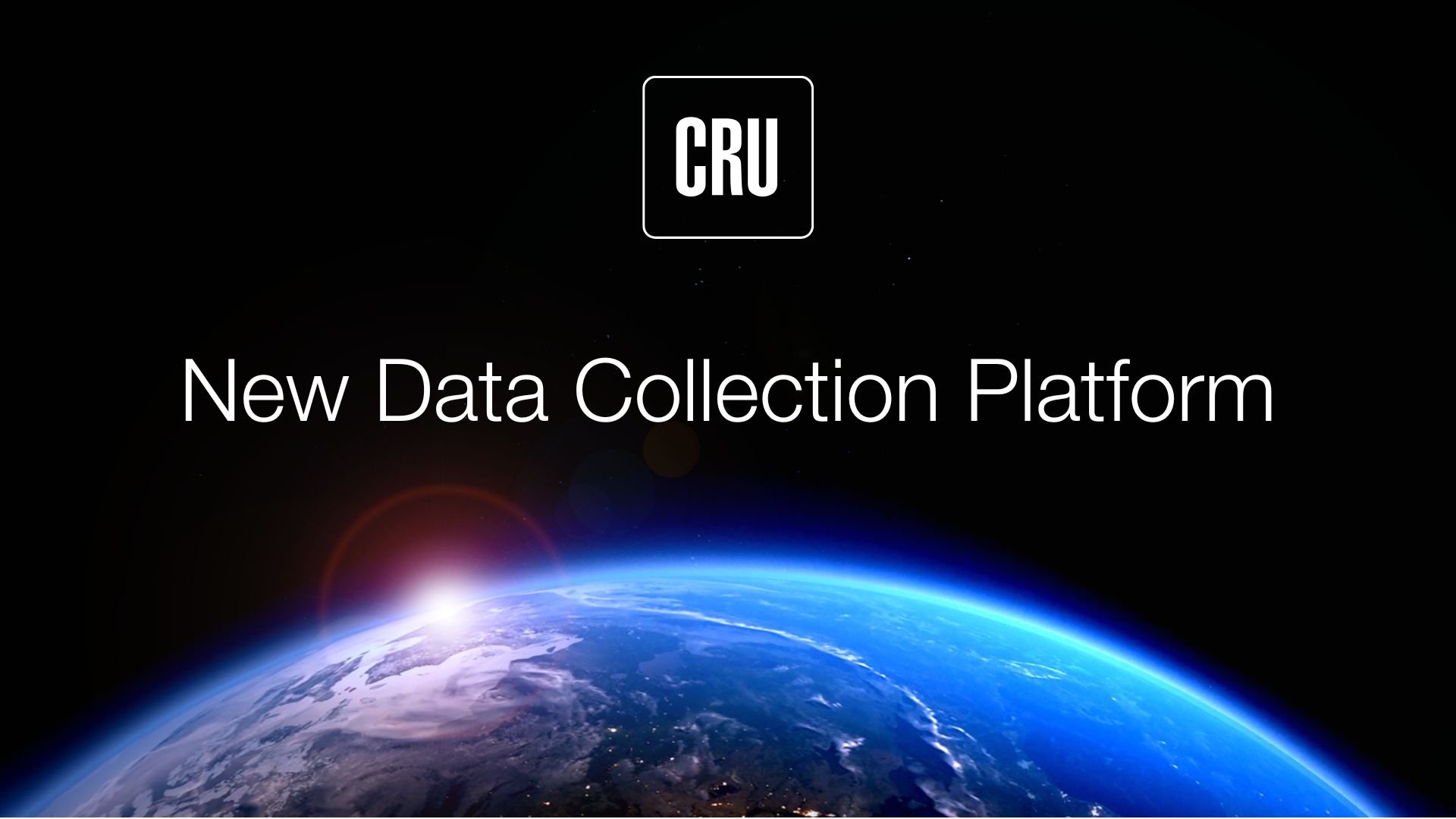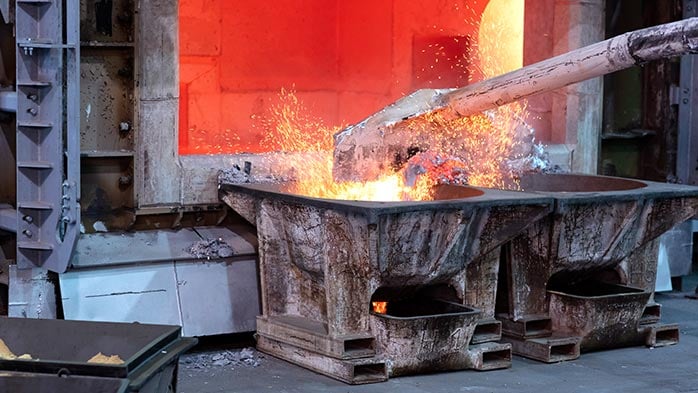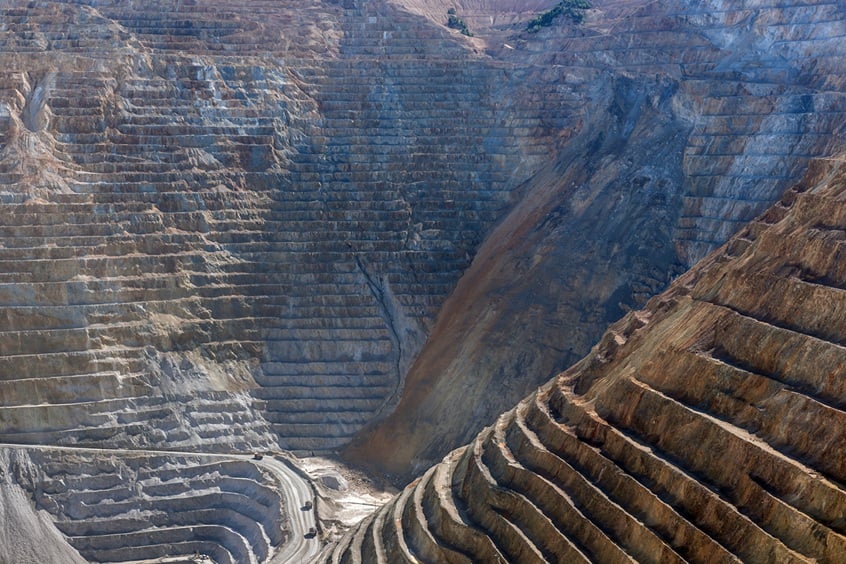The downward trend of the zinc price in 2023 has contributed to reduced output at four mines so far and based on our 2023 zinc price forecast of $2,500 /t, further mine closures may occur before the price can begin a sustained recovery.
Which mines have halted production?
The downward trend of the zinc price in 2023 has contributed to reduced output at four mines so far in 2023:
- The first casualty was Boliden’s Tara mine in Ireland, which was placed on care and maintenance in mid-July, due to a combination of high energy costs and low zinc prices
- Australian miner Aeris Resources is planning to suspend its Jaguar mine in September, on account of a low zinc price environment
- Peruvian miner Volcan has also been forced to suspend operations at the Islay mine, part of the Chungar unit, due to unfavourable price conditions
- Additionally, privately owned Almina-Minas do Alentejo will halt production of zinc and lead concentrates at its Aljustrel mine from 24 September not only due to low zinc prices, but a combination of factors, including plant infrastructure upgrades and exploration work
Further mines are at risk of closure in 2023
The four mines that have already paused production have not yet had a significant impact on zinc prices, which are expected to fall further, putting more operations at risk and thus forcing miners to act. Based on CRU’s 2023 zinc price forecast of $2,500 /t and $2,200 /t for the last quarter of 2023, further mine closures may occur before the price can begin a sustained recovery.
In the following cost curve, we focus on the all-in-sustaining costs in 2023 to identify which other mines are within the risk zone at a zinc price of $2,500 /t. A few mines stand out as major producers with an output of over 100 kt of zinc each, but whose costs remain below the current forecast price. Glencore, Sumitomo, MMG, Nexa and Lundin control operations are occupying the area between the 50th and 75th percentiles. This zone appears ‘safe for now’ but all potentially face pressure to preserve cashflow if the zinc price keeps falling for the remainder of the year and in 2024.
Zinc mine supply in 2015 had already shrunk due to the closure of MMG’s Century, and Vedanta’s Lisheen in Australia and Ireland, respectively. In October 2015, Glencore – the world’s largest zinc miner – announced cuts of about a third of its annual output, mostly from mines in Australia, as well as operations in South America and Kazakhstan. Those supply cuts during the 2015 Q4 gave a significant boost to the zinc price leading to a continuous rally that reached $3,400 /t in 2018 Q2.
Cash costs historically offer price support between the 75th and 90th percentiles, and now with prices below the 90th centile the market is starting to respond with these four suspensions. Looking ahead, Glencore’s Mt Isa and McArthur River mines are both worth watching. History has a tendency of repeating itself and if we take 2015–2016 as a guide, we might expect similar measures this time around.
CRU has identified further 27 ex. China mines where the all-in sustaining costs exceed our 2023 Q4 price forecast of $2,200 /t, and are therefore also at higher risk of a cashflow squeeze and potential closure. In aggregate, these mines account for around 1,200 kt of annual production, equating to some 300,000 t of production in Q4 which could be considered “at risk”.
If prices trend lower, how much zinc will be at risk?
Based on modelled mine plans and incorporating CRU’s latest macroeconomic assumptions, we expect the zinc industry cost deflation next year to provide some relief amid a deteriorating price environment for the metal. In 2024, CRU forecasts (nominal) LME cash zinc prices to average $2,150 /t and are expected to fall below $2,000 /t in 2024 Q2.
As a result, for next year, 25 ex. China mines will have AISC higher than $2,000 /t. This ‘at risk’ group produces around 1,100 kt of zinc, which translates approximately into 8% of global production (in addition to the losses at Tara, Chungar, Jaguar and Aljustrel), with McArthur River and Velardena being the most significant among this group.
It is important to emphasise that we have used AISC to better highlight those assets in the ‘danger zone’. In practice, and referring to historical trends, supply responses to prices have tended to occur when the price sinks below the 90th centile of cash costs. In reality, this offers producers a cushion, as mine management can thrift capital expenditures, or corporate leadership can endure negative cashflows (for a short period). However, for now the outlook is negative for zinc, and history has shown that periods of supply discipline have been necessary to bring this market back into balance. The four mine closures to-date illustrate the pressure producers are starting to endure, and more seem likely to follow if prices remain in decline as is forecast.

















